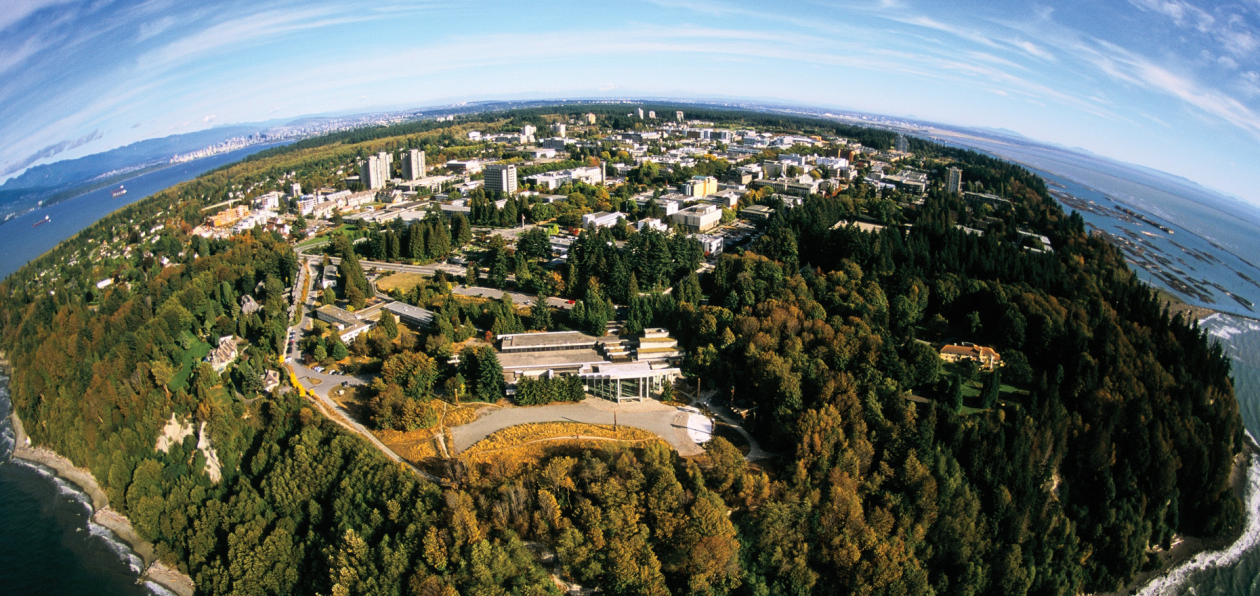I don’t think it’s any secret now that I love PE, but especially I love being outside for PE! Taking opportunities to go outside is something I really want to incorporate into my teaching practice, whether it’s for a dedicated PE class or just to get some sunshine & fresh air during the day. Daily physical activity and the chance to spend time outdoors every day is so important for our kids (and us!), and one of my personal quests is to convince everyone that this is the case.
I think this week’s lesson, and the fielding games lesson 2 weeks ago, gave us great examples of how easy it can be to take our students outside. As we discussed with Steve, outdoor ed doesn’t have to be the big camping excursions or expensive, specialized sports like we tend to think of. It’s literally as simple as going outside. We’re lucky that our home is so rich in natural environments that would be perfect and easily accessible for daily outdoor education. Like Maria said in her post last week, one of the teachers at Southlands takes her class for a walk in Pacific Spirit Park every morning. This would be easy to do in a lot of areas in North Vancouver too, and even in urban areas if there’s a large-ish park nearby.
I found an interesting project by UC Berkley: The Outdoor Classroom. Although this is specifically targeting early childhood education, many of the core concepts are applicable to elementary classrooms as well, including:
- “Most activities that can be done indoors can also be done indoors”
- “The outdoor space offers a balance of areas for physically active and less active play” (or learning!)
- “The outdoor curriculum evolves from and changes with children’s changing needs and interests” (particularly relevant to inquiry learning!)
- “Children experience nature in as many ways as possible”
All in all, I think outdoor education’s star is rising. There’s been a bit of a reversal in activity trends in education, but I’m hoping that educators, administrators, and parents will begin to understand the importance of physical activity in their children’s lives and embrace outdoor education as an important element of education.
